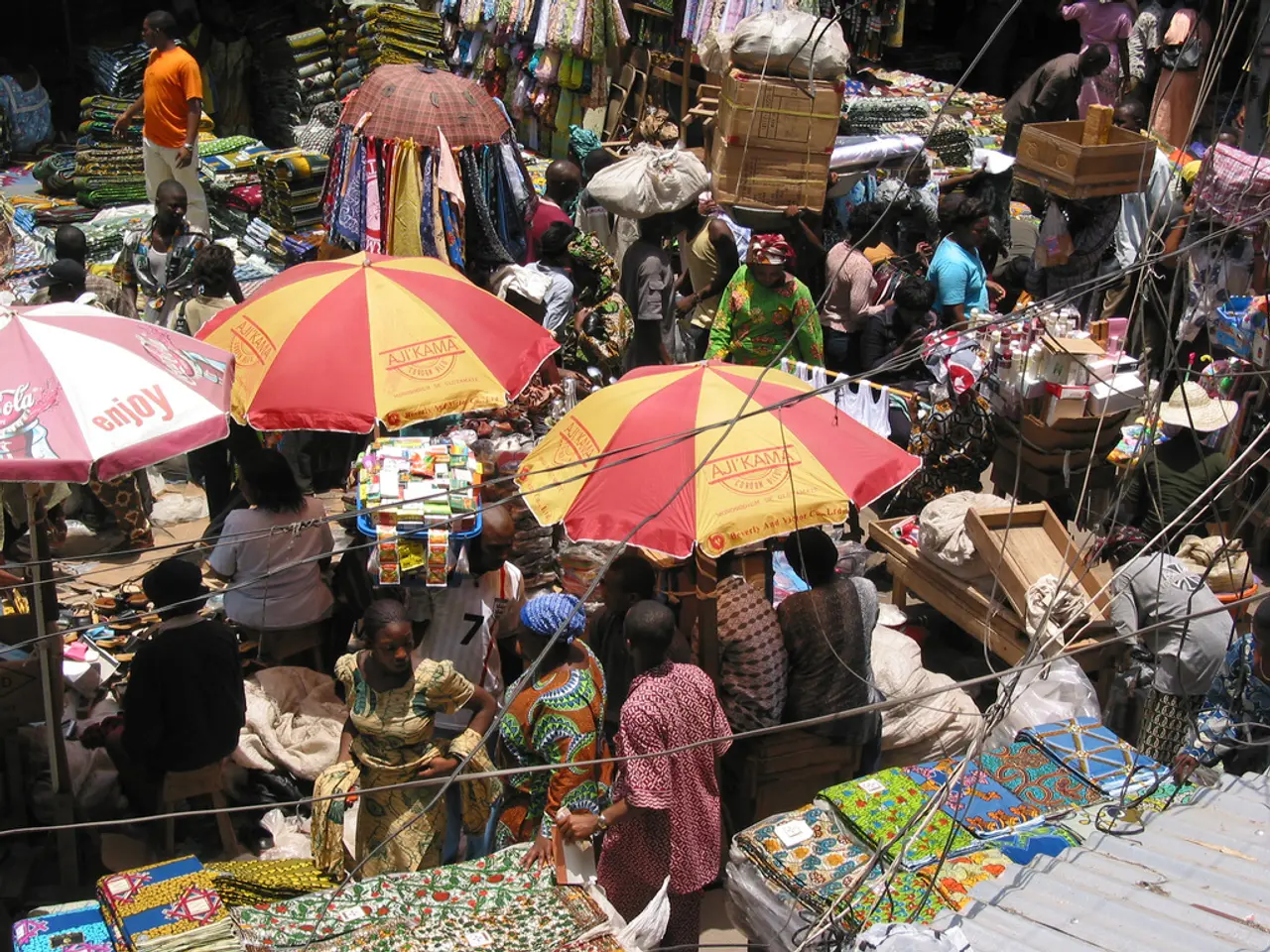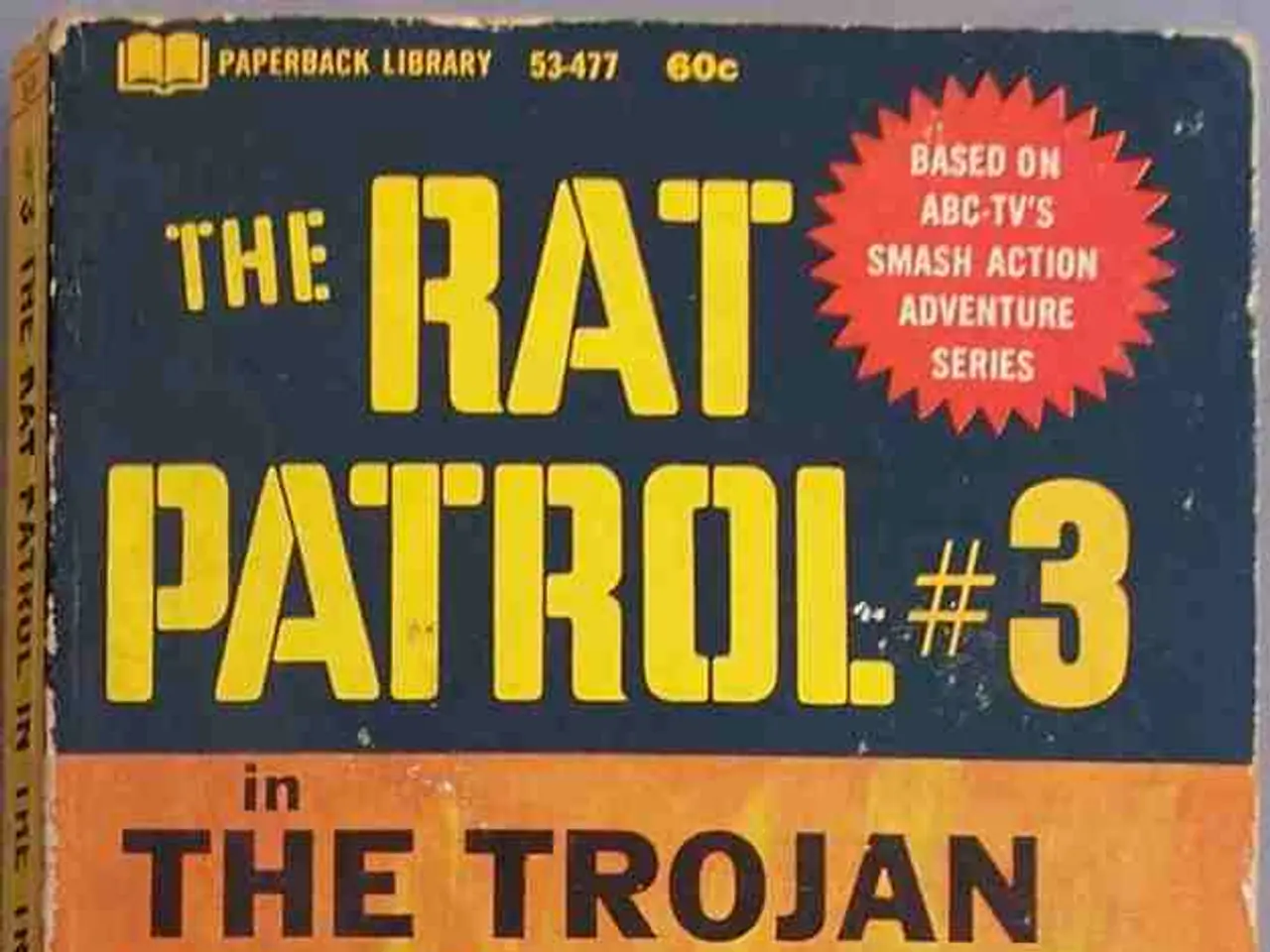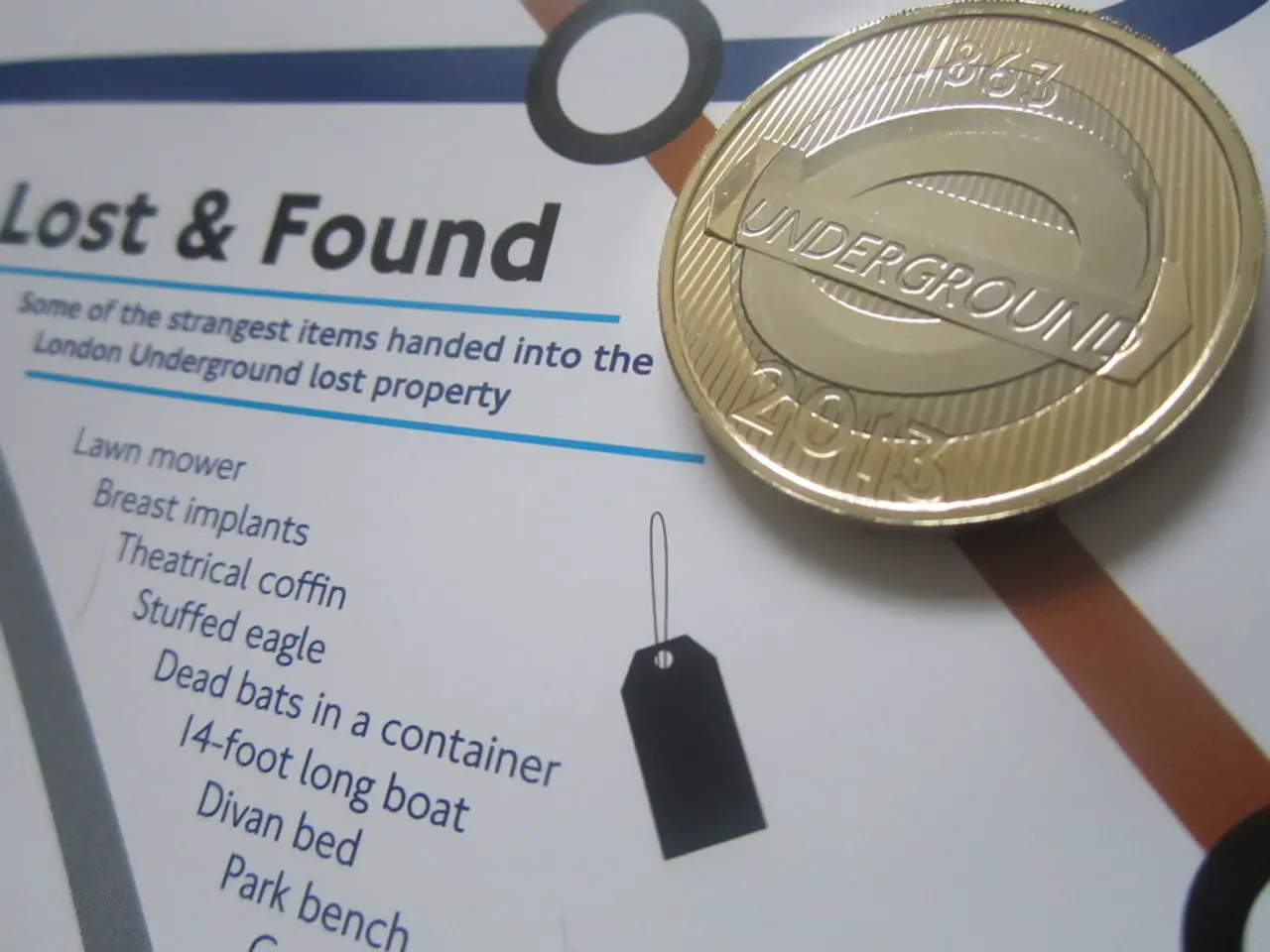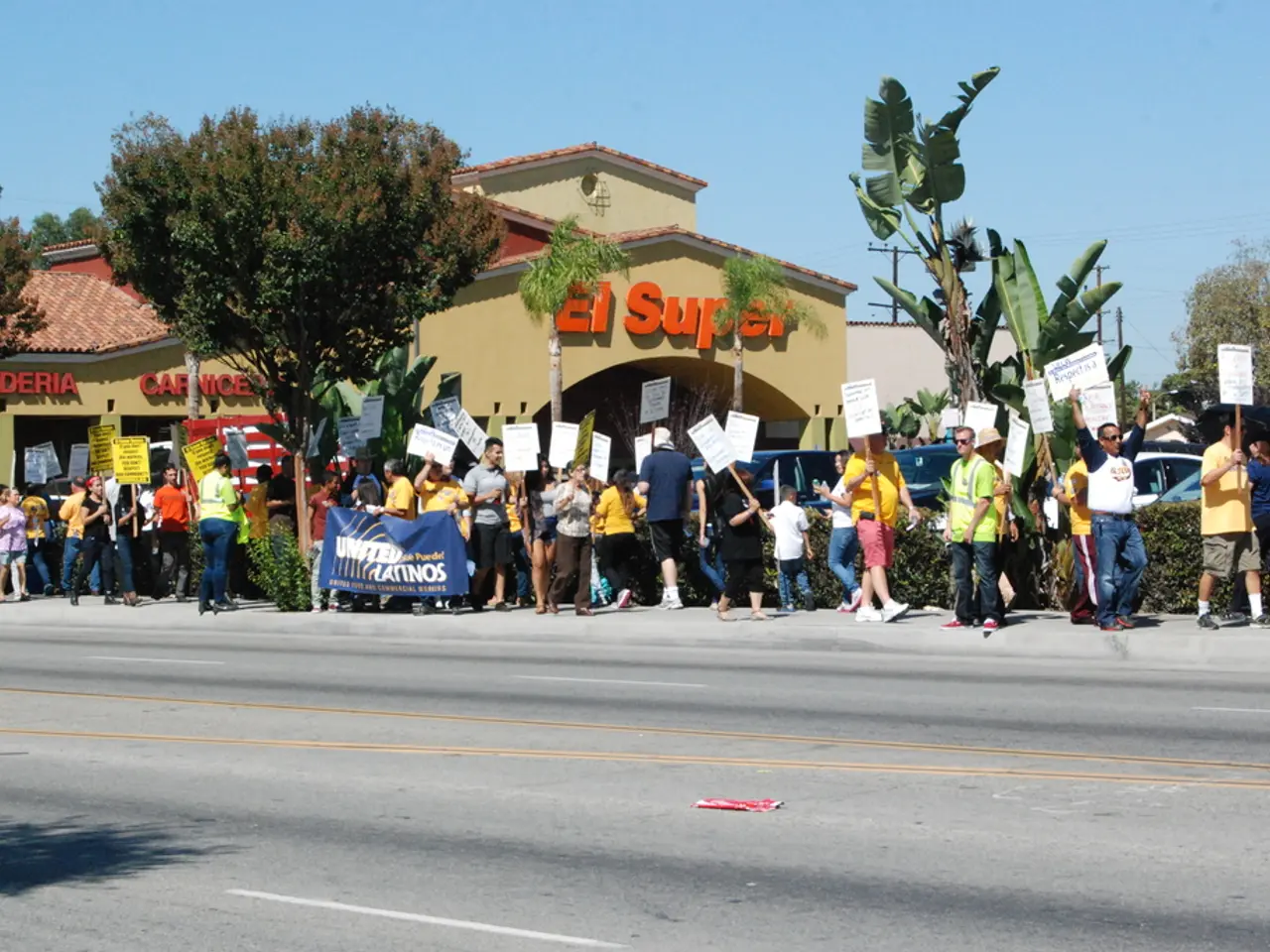Unveiling the Real Russian Economy Beyond Potatoes
Worsening Economic Struggles Plague Russia
The ongoing economic troubles in Russia aren't just about the potato shortage you see in the shops. There's a whole world beyond that, where companies outside the defense sector are battling against the odds.
Beyond the Surface:Russia, with its vast agricultural potential, is grappling with more than just potato and onion shortages. In fact, these shortages have even reached the notice of President Vladimir Putin. Prices for these staple foods have skyrocketed, with potatoes nearly tripling in cost over the past year and onions doubling [1].
Inflationary Nightmares:The increase in food prices is one of the main drivers of inflation in Russia, which currently stands at 9.6 percent according to the Ministry of Economy [2]. The bank is using a high-key interest rate of 20 percent to try and control inflation. But things are getting more complicated for Russia now [2].
Government's Warning Signals:Economic Minister Maxim Reshetnikov was notably clear about the problems facing the domestic economy at Putin's St. Petersburg International Economic Forum (SPIEF). He warned that the current interest rate level is demotivating businesses to invest and predicted that investments in the third and fourth quarters could be below last year's level [3].
The Hidden Crisis:The defense sector might be thriving, but civilian sectors have been suffering for some time now. They're grappling with high costs, labor shortages, and technological backwardness, which is only worsened by sanctions [3]. One of the hardest-hit sectors is construction and real estate, which is in a severe crisis [3].
The Automotive Dilemma:Car production has slowed significantly since Western producers and suppliers turned their backs on Russia. Although China is selling more cars in Russia, it is not producing them locally. The Lada manufacturer Avtovaz, part of the defense conglomerate, has failed to fill the gap left by Western automakers [3].
Falling Harvest:In the first year of the war, 2022, Putin proudly announced a record grain harvest of 157 million tons. However, yields have decreased in the past two years. While the Kremlin leader has ordered an increase in grain production to 170 million tons and exports to 80 million tons by 2030, Deputy Prime Minister Dmitri Patrushev warned that the current trend is moving in the opposite direction and that this needs to be corrected quickly [4].
Struggling Machinery:The agricultural machinery producer Rostselmasch is also in crisis. The producer of combine harvesters and tractors has just sent more than 15,000 employees on forced leave. Sales of combine harvesters have stagnated, with a 20% market decline last year followed by a further decrease of 10 to 15% this year [4].
Overreliance on Defense:The war effort has redirected substantial financial resources toward military spending, creating structural imbalances. The civilian economy remains constrained by persistent inflation, high interest rates, and dependency on imports dominated by China, limiting diversification and resilience [5].
- Attack on Ukraine
- Wars and Conflicts
- Food Requirements
- Russia
- Food Prices
- Consumer Prices
- Inflation
[1] ntv.de, André Ballin, dpa[2] Ministry of Economy, Russia[3] SPIEF St. Petersburg International Economic Forum[4] Business Today[5] Financial Times, MacroPrudential, and Central Bank of Russia
- The ongoing struggles in Russia's economy extend beyond the potato shortages, affecting numerous sectors, including agriculture, construction, real estate, automotive, and machinery companies.
- The high cost of food and inflation, driven in part by the rise in food prices, pose significant challenges for businesses, as the Russian economy grapples with an increased reliance on imports, especially from China.
- As the defense sector thrives amidst the war effort, the civilian sectors continue to suffer from high costs, labor shortages, and technological backwardness, which are further exacerbated by sanctions and a slowdown in foreign investments.





